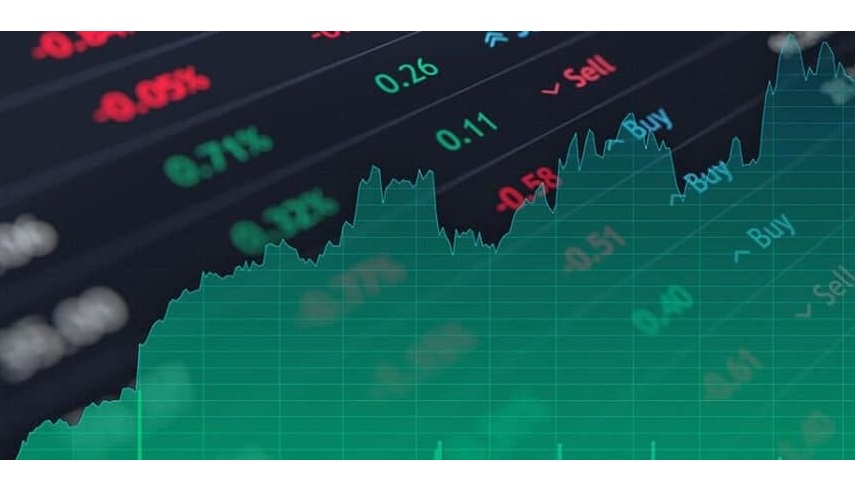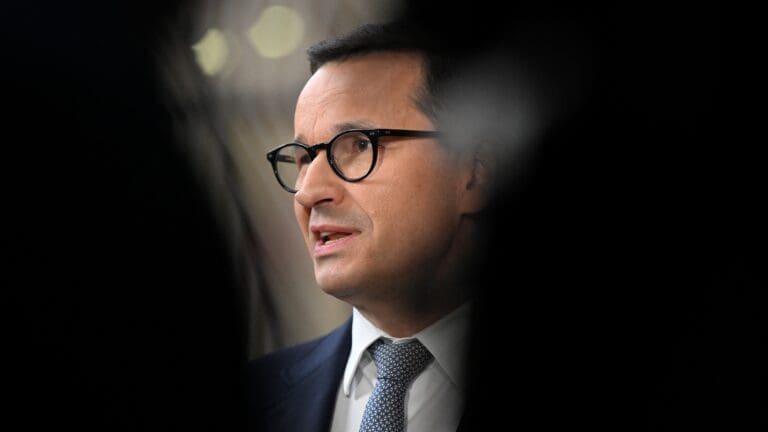The last full fiscal quarter officially ended this Monday, 30 September. This is a great opportunity to examine how the major stock indexes performed under the current Biden–Harris administration, and how they did under the previous Trump administration.
We are actually doing the Democratic Party a favour by looking at the Dow numbers as per the last full quarter, since the markets have dropped significantly this week. The escalating conflict in the Middle East raised global oil prices, the latest jobless claims report came out unfavourable to the Biden admin, and a port workers’ strike (which has since been suspended) also contributed to the economic instability driving stock prices down.
At market close on 30 September 2024 the Dow Jones Industrial Average was up 12.35 per cent year-to-date. In 2021, the year President Joe Biden took office, it ended the year with a 18.73-per-cent gain, followed by an 8.78-per-cent loss in 2022, the year when inflation started to get out of control and the Federal Reserve had to drastically raise interest rates. In 2023, it managed to rebound with a 13.70-per-cent increase. This gives the Dow an annual average growth of 9 per cent.
Meanwhile, the Dow grew by 25.08 per cent during President Trump’s first year in the White House in 2017. Then too, that was followed by a losing year in 2018, a 5.63-per-cent loss, again due to the raising of interest rates (although that increase was a lot less severe). In 2019, the Dow saw a 22.34-per-cent growth. In 2020, the year when the world was hit with the devastating COVID-19 pandemic and its consequent lockdowns, the premiere American stock index still grew by 7.25 per cent.
That means that the Dow's average annual growth was 12.26 per cent under President Trump, compared to the 9 per cent under President Biden.
The Dow Jones index has hit the historic 40,000-point milestone under President Biden. However, what takes away from this achievement is that it actually had to hit it multiple times, as it kept dipping below then re-crossing that threshold in the volatile market.
'The Dow's average annual growth was 12.26 per cent under President Trump, compared to the 9 per cent under President Biden'
It first hit 40,000 at market close on 17 May, then quickly dropped below the next business day. It climbed back over 40,000 again on 12 July, just to close at 39.857.87 on 24 July. It reached the 40,000 mark yet again on 26 July, but then, for the third time, dropped below that on 3 August. The last time it had to cross 40,000 was on 14 August, and it has been able to stay above that symbolic threshold since.
The Dow Jones Industrial Average comprises 30 of America’s largest companies. It is generally regarded as the most indicative of the major stock indexes because almost all of its stocks pay cash dividends, so their investors tend to be less speculative and looking for tangible annual returns. A much lower percentage of companies in the other major indexes, the S&P 500 and the NASDAQ composite, pay cash dividends.
The latter two indexes have vastly outperformed the Dow this year.
The S&P 500 is currently up 20.18 per cent YTD. The NASDAQ’s annual growth was mostly powered by the boom of AI companies, first and foremost by that of NVIDIA Corp, which is up a whopping 155 per cent (!) this year. The NASDAQ composite annual growth is at 21.35 per cent as of now. However, those are still not as high growths as they were in the best year under the first Trump presidency, 2019, when the S&P ended the year with a 28.88-per-cent, and the NASDAQ with a 37.96-per-cent gain.
Meanwhile, the Russell 2000 Index, which is a much wider span of the market comprising 1,950 smaller-cap companies, is only up 8.31 per cent this year. What’s worse, it is still yet to return to its all-time high recorded in November 2021. That means that the Russell 2000 Index has been in the red for three years now.
Related articles:








